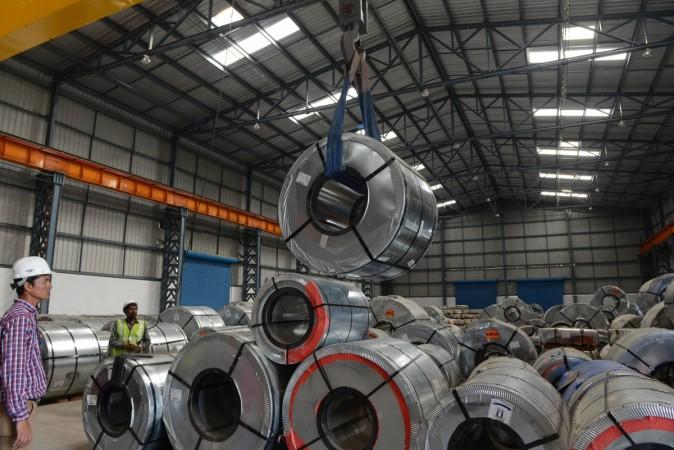
Indian economy's growth estimate for the current financial year (FY19) has been lowered to 7 per cent, the lowest during the term of Prime Minister Narendra Modi who is expected to face the electorate again in a couple of months.
This follows the Central Statistics Organisation's (CSO) estimate that growth of the gross domestic product (GDP) slowed to 6.6 per cent in the third quarter that ended in December, the lowest for six quarters. The CSO estimates that this happened because of subdued growth in agriculture, manufacturing, and government expenditure.
The CSO has lowered the growth estimate for Q1 for the 2018-19 financial year to 8 per cent from 8.2 per cent and for Q2 to 7 per cent from 7.1 per cent, newly released data show.
Only the manufacturing sector is projected to show a higher growth this year when compared to the previous year because of the high growth in the sector in the first quarter of FY19, according to media reports.
The CSO has also lowered its projection for the last quarter of the financial year to 6.5 per cent. "FY19 GDP growth at 7 per cent is the lowest in the past five years, and Q3 growth at 6.6 per cent is at sixth-quarter low. This indicates the economy is losing steam," the Business Standard quotes Devendra Pant, chief economist at India Ratings, as saying.

Some economists expect the Reserve Bank of India's (RBI) monetary policy committee to further cut the repo rate to boost growth in an election year. The RBI cut the recently cut the repo rate by 25 basis points to 6.25 per cent, hoping to increase the economy's liquidity beleaguered by lower than desirable employment growth. "The lower growth in GDP could prompt the RBI to lower interest rates as economic growth has been cited as a concern," CARE Ratings said. Another interest rate would, however, depend on the economy's performance on the inflation front in the coming months.
The growth in the gross value added (GVA) by agriculture, forestry and fishing slowed to 2.7 per cent in Q3 from 4.2 per cent in Q2. At current prices, the sector's growth is pegged at 2 per cent in Q3 down from 3.4 per cent in Q2. The sector's growth for the whole financial year is now projected at 2.7 per cent, down from 5 per cent in FY18, according to CSO estimates.

Manufacturing activity has also slowed over the year with GVA growth estimated at 6.7 per cent in Q3, down from 12.4 per cent in Q1. The Q2 growth was 6.9 per cent. However, the high growth of Q1 is expected to help the sector post 8.1 per cent growth in FY19, up from 5.9 per cent in FY18.
The construction sector has continued the upswing, growing at 9.6 per cent in Q3, up from 8.5 per cent in the previous quarter. The CSO estimates 8.9 per cent for the financial year, up from 5.6 per cent the year before.















